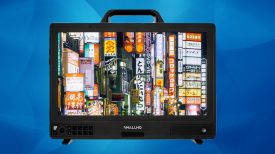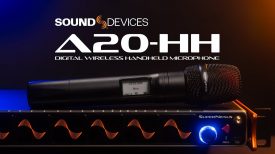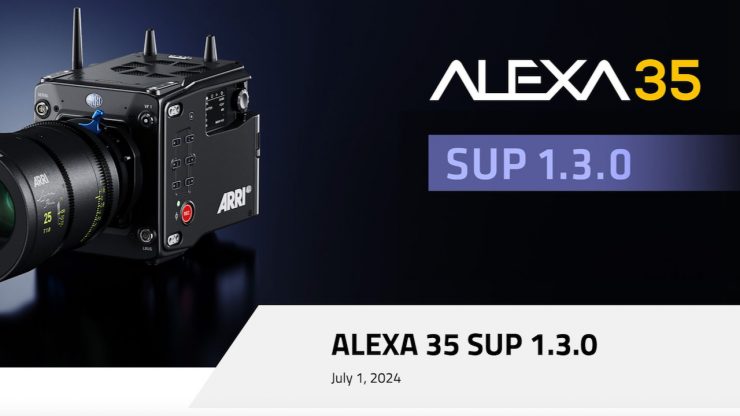
ARRI has released SUP 1.3 for ALEXA 35 which includes a new 3.8K 16:9 recording format, new monitoring options including playback support for headphones with the AEM-1, more lens user buttons, WiFi improvements, metadata improvements and more.
Overview of New Features of SUP 1.3.0
- New Recording Format ProRes 3.8K 16:9
- AEM-1 Output and Playback Monitoring
- Improvements to Dynamic Metadata
- Wi-Fi Improvements
- Additional Lens User Buttons for ENG-style Lenses
- EBU R095 Frame Line
ProRes 3.8K 16:9
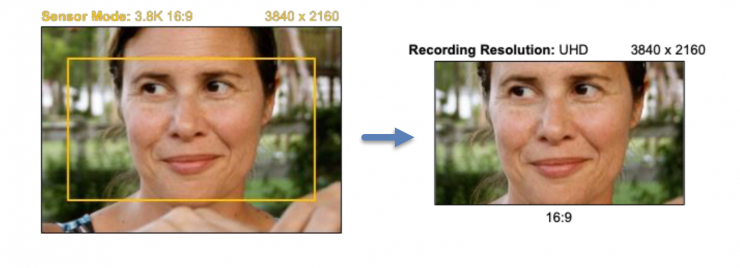
Previously only available in ARRIRAW, this popular recording format is for projects using spherical lenses for a 16:9 deliverable with a 4K UHD resolution (3840 x 2160). This format is useful when you want to achieve the lowest possible data rate in ProRes while still fulfilling 4K UHD mandates.
In addition, this format has a smaller sensor area than sensor modes 4.6K 3:2 Open Gate, 4.6K 16:9 or 4K 16:9, which ensures that the illumination circle of most Super 35 format lenses covers the format.
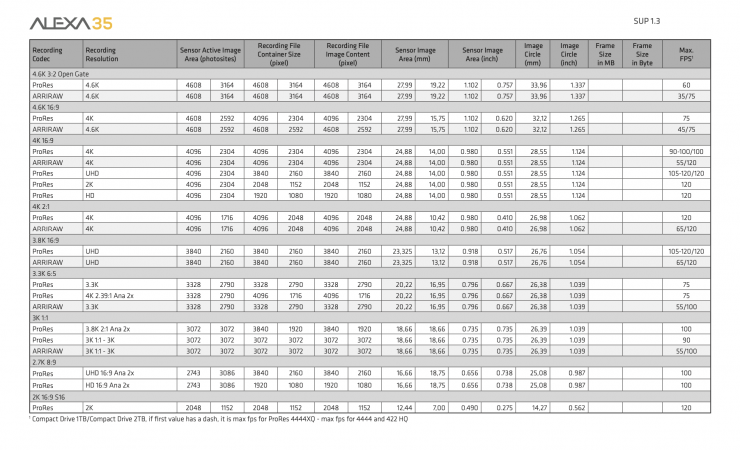
Above you can see all of the current recording resolutions and modes that are available.
AEM-1 Output & Playback Monitoring
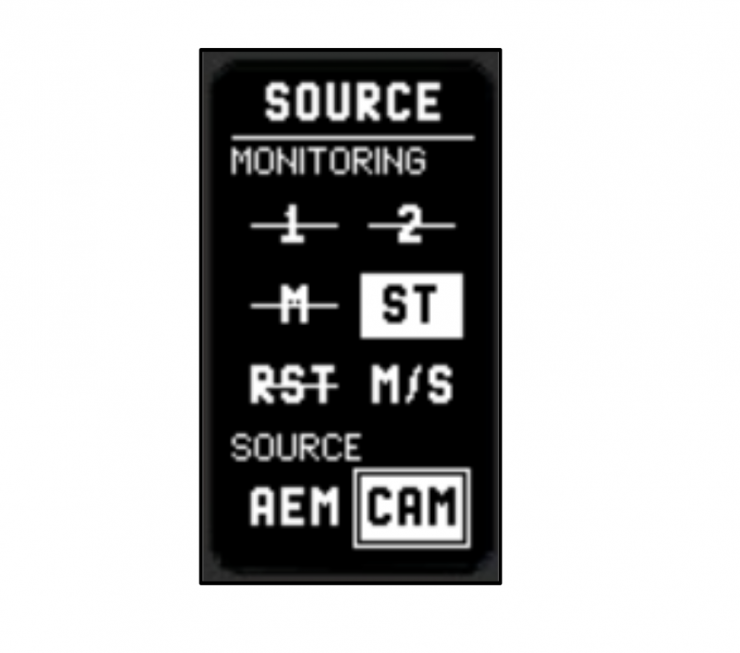
A highly requested feature on the AEM-1 was output monitoring where users requested the ability to monitor the inputs as they are routed and recorded in the system. ALEXA 35 SUP 1.3.0 in conjunction with AEM-1 V1.1 G offers that feature. To enable it, set the monitoring source to ‘CAM’.
In addition it is now possible to monitor the recorded sound while the camera is in playback from the headphone jack of the AEM-1.
Please note that for these AEM-1 features to work, the AEM-1 must be updated to AEM-1 software V1.1G, which will soon be posted on the ARRI AEM-1 webpage.
Improvements to Dynamic Metadata
Most software implementations including the ARRI MXF Library used static metadata for fps and shutter angles. This masked non-standard values for those two parameters in the dynamic metadata. Starting with SUP 1.3.0 the dynamic metadata will accurately represent fps and shutter angle values.
WiFi Improvements
ARRI was receiving reports regarding the WiFi performance on previous software updates. In response to that they took an in-depth look at the software and implemented a more up to date software stack which will offer performance improvements and stability fixes.
Additional Lens User Buttons for ENG-style Lenses

In place of the ‘Lens Ret’ user button, ARRI are introducing a Lens Buttons menu to support ENG style Lenses that feature more than one user button. Since these lenses do not communicate which user buttons are available, theindicator only shows if an ENG lens is connected and all possible buttons are available. The following buttons can now be assigned:
- Lens RET1
- Lens RET2
- Lens RET3
- Lens RET4
- Lens ENG
- Lens PROD
- Lens VTR
EBU R095 Frame Line
For 16:9 sensor modes a EBU R095 frame line has been added to the cameras frame line default list. In the xml file thetwo safe areas are included as frame line A and frame line B. In a Multicam environment it can be freely chosen which safe area is displayed (A, B, A+B) via the frame line display setting.
The action safe area is 3.5% and the graphics safe area is 5%, at the top, bottom and lateral part of the image.
Bugfixes & stability improvements in SUP 1.3.0
This release contains the following major bugfixes (minor bugfixes are not listed):
• Override on a Master Grip was lost if the Hi-5 lost and re-established connection.
• The scale factor is now calculated individually for each frame line A/B/C and the frame lines are (de)squeezed individually.
• The Rec/Info section of the Webremote now accurately represents a two letter camera index.
• Switching from LDS to an LDA table no longer changes the iris limit.
• Occasional flickering of the first two lines in the MVF-2 OLED does not occur anymore.
• ECS devices can now start/stop recording even if a recording is started during active playback.
• Headphone monitoring now has audio even if both channels are set to “Internal Mic L”.
• Changing shutter or fps values no longer provokes a temporary wrong temperature warning.
• Return In displays a correct image in Open Gate Sensor modes.
• Clip recovery from a power loss during recording has been improved.
• The side display backlight turns off 3 seconds after being sent to sleep instead of 40.



